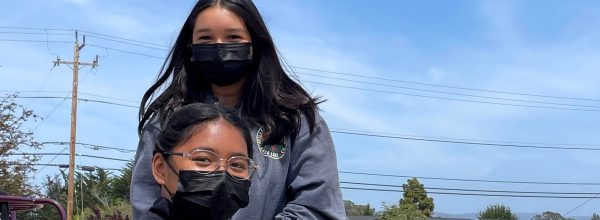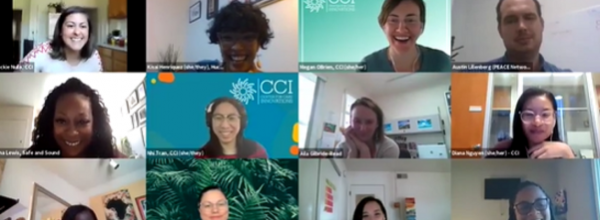OVERVIEW
Domestic violence is defined as violent or aggressive behavior within the home, often including verbal abuse, threats, and battering, and typically involving the violent abuse of a spouse or partner. Nearly 30 million children under 17 throughout the country have witnessed such abuse in the home, and left unaddressed, this can undermine their future relationships, education, and health.
Research has found that children and young people who live with domestic violence are at increased risk for developing depression, anxiety, and chronic diseases, including diabetes, obesity, and heart problems. Young people exposed to violence at home are more likely to suffer learning difficulties and act out at school. They also have a 15 times greater risk of suffering domestic violence later in life. The coronavirus pandemic and rising unemployment has made it still more urgent to take steps to curb domestic violence, since lockdowns have been linked with an alarming rise in domestic violence and increasingly severe injuries, according to a Massachusetts hospital study. These crises, whose ripple effects will be felt for months and even years to come, make it urgent to improve current systems of support for youth and their families at risk of domestic violence.
This work cannot be done in a vacuum. To prevent and mitigate the mental, emotional, and physical harms of domestic violence requires a systems approach. In addition, breaking the cycle of intergenerational domestic violence calls for partnerships across sectors on shared approaches, including:
- Increasing access to trauma-informed care for community members.
- Promoting healthy relationships and protective factors among youth through peer education campaigns.
- Building a shared strategy with community-based services, health care providers, education systems, social service providers, and caregivers.
- Engaging youth and their caregivers in the design and roll-out of restorative services.
Amplify Healing Connections sought to enhance such interventions that specifically impact adolescent youth. Between ages 12 to 18 years old, youth are exposed to a host of interpersonal and structural influences outside the home that can increase the risk of domestic violence, including peer dating violence, harmful peer networks, racial injustice, and economic disparity. During the same time, they are exploring values and norms that exist outside of their immediate family. Youth-serving organizations play a pivotal role in promoting healthy practices and providing a strong, nourishing environment for young people and their caregivers. Coordinated efforts across community organizations can amplify positive experiences in childhood and adolescence (PCEs) and help prevent, reduce, and even reverse the impact of early adversity. Using a health equity and strengths-based approach, this program had built upon the capacities of multi-sector partnerships to promote health and well-being for both youth and their caregivers.











